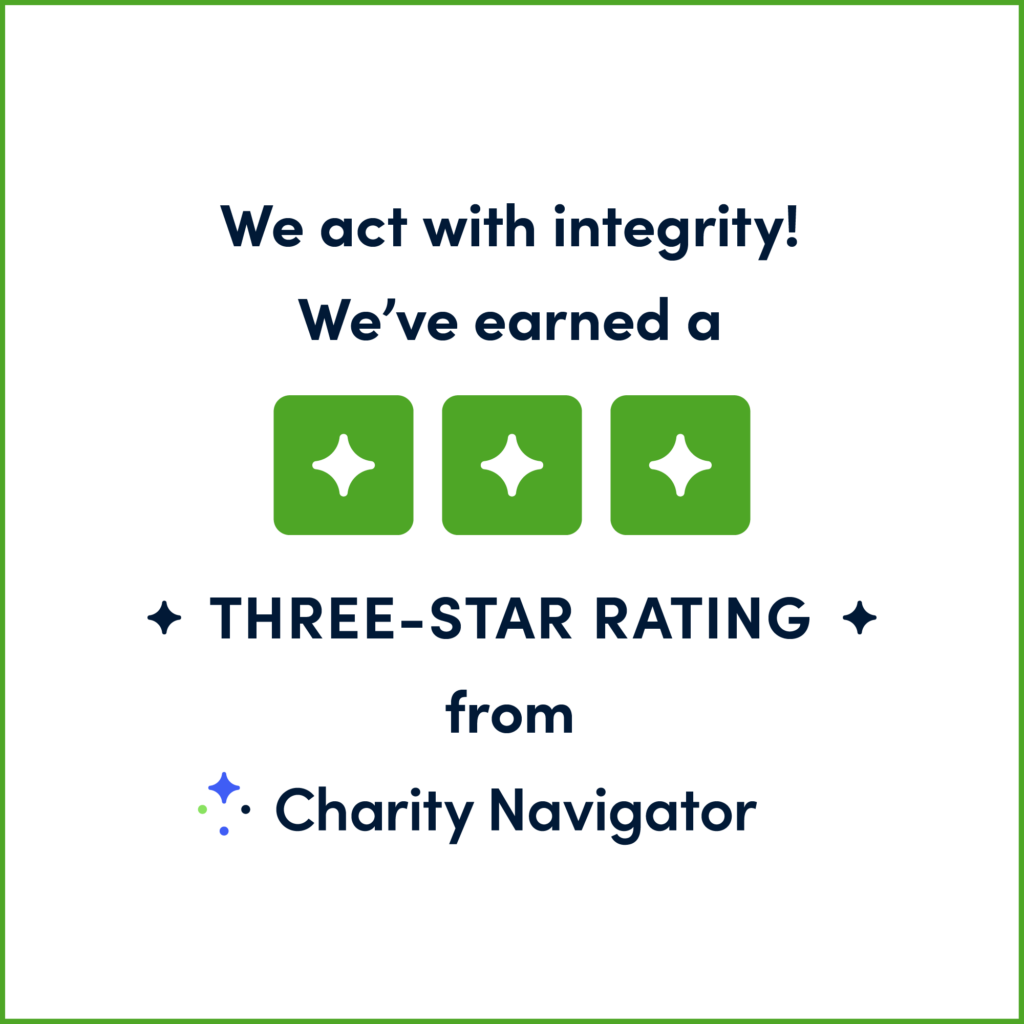Teaching Accessibility Fundamental Concepts & Skills
Accessibility skills involve the intentional design, evaluation, and procurement of digital products that conform with the Web Content Accessibility Guidelines (WCAG) and are fully usable by people with disabilities. These skills vary widely across disciplines, functions, and roles.
Teach Access, in collaboration with academia, industry, and disability advocacy groups, has identified a core set of fundamental concepts and skills essential for understanding and implementing accessible design. This framework provides guidance for educators on integrating accessibility topics into their courses, enabling students to develop a foundational understanding of accessibility.
Our programs and resources are intentionally aligned with this framework to support educators and learners in understanding and applying its concepts and skills. They provide practical guidance and real-world examples of how accessibility topics can be taught across different disciplines. Whether through resources, curriculum materials, or professional development opportunities, our offerings illustrate how the framework can be put into practice in educational settings.
Need support adopting this framework? Contact Rolando Méndez, Director of Education, at [email protected].
Teaching Accessibility: Fundamental Concepts & Skills





